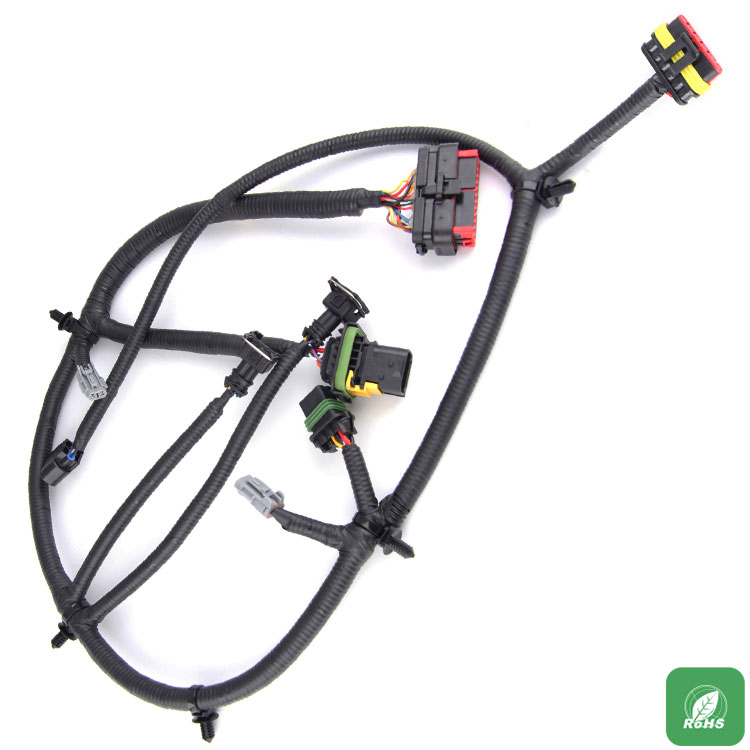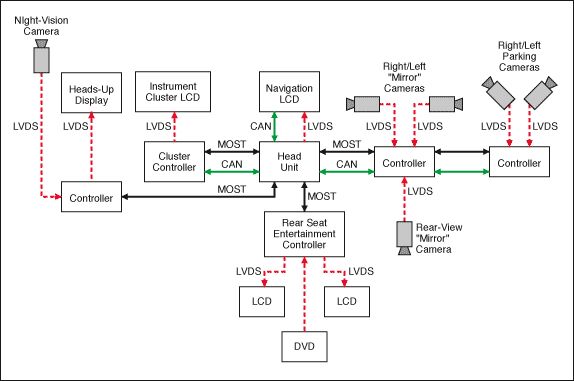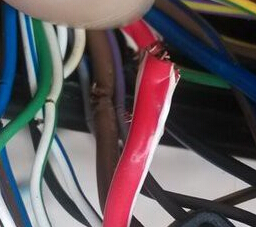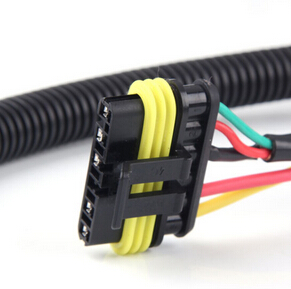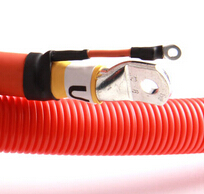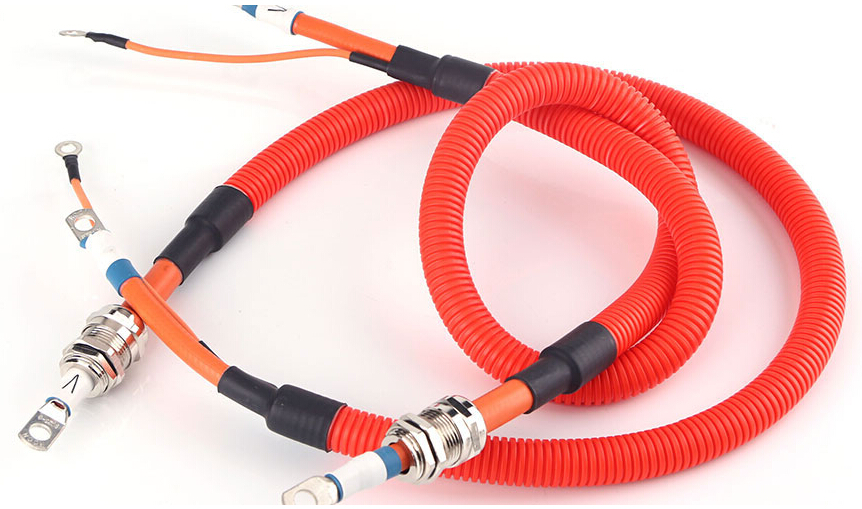Vehicles often experience short circuits in electronic systems and fuses in electronic systems. To solve the fault, you must find the specific short circuit point, and check the entire electronic system circuit, but this is a relatively tedious and heavy work. Because for security reasons, almost all models of wiring harnesses are placed in the interior and close to the body. In order to prevent the n-beam from shaking and rubbing against other parts, there will be many snaps or tie-wraps
on the entire harness. When finding fault points, these fixed points generally need to be destroyed. Although the wiring and fixing of the original vehicle wiring harness are all reasonable, it is very difficult for maintenance personnel with insufficient experience to recover the circuit in good condition, which may leave hidden dangers for the safety of the vehicle.
After determining the fault, we use the current sensor to observe the current in the line and solve the fault of the automotive wiring harness. First of all, it is necessary to judge the specific cause of the wire harness fault. In general, automotive electronic systems support more functions and the system wiring harness is more complex. An entire automobile wiring harness consists of a trunk road and several branch circuits. Several sensors, electrical appliances, and switches are provided above. To find a short circuit point from such a large and complex system, the difficulty can be imagined. Not only does the instrument panel and interior trim need to be disassembled, but sometimes it even requires the partial harness to be completely stripped and checked one by one.
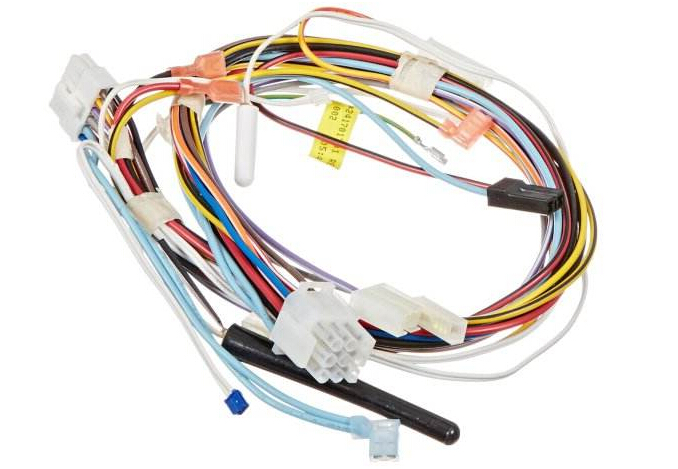
The biggest problem with line inspection is that the fault finding process and method are not intuitive, and maintenance personnel can only use the simple and convenient method to diagnose the fault of the automotive wiring harness. Most of the electrical appliances used in automobiles are body irons, that is, the current flows from the positive electrode of the battery to the consumer, and the current flows back to the negative electrode of the battery or flows back to the negative electrode of the battery through the body as a circuit. Once a short circuit occurs between the positive electrode of the battery and the consumer, the current flows directly from the body to the negative electrode without using any electric device to form a short circuit. In order to avoid large losses caused by short-circuit faults in the associated wiring harnesses, fuses are provided on most of the fire lines so that the lines can be cut off in the event of a short circuit in the wiring harness. When a short circuit occurs in the harness of the vehicle, a test light can be connected to the positive electrode of the battery, and the test light can be lighted. However, at this time, the current in the wire harness flows. We cannot see it intuitively with the naked eye. With current-sensing pliers, the direction of the current can be fully observed, thereby determining the corresponding branch and finding the point of failure.
















 RCCN WeChat QrCode
RCCN WeChat QrCode Mobile WebSite
Mobile WebSite